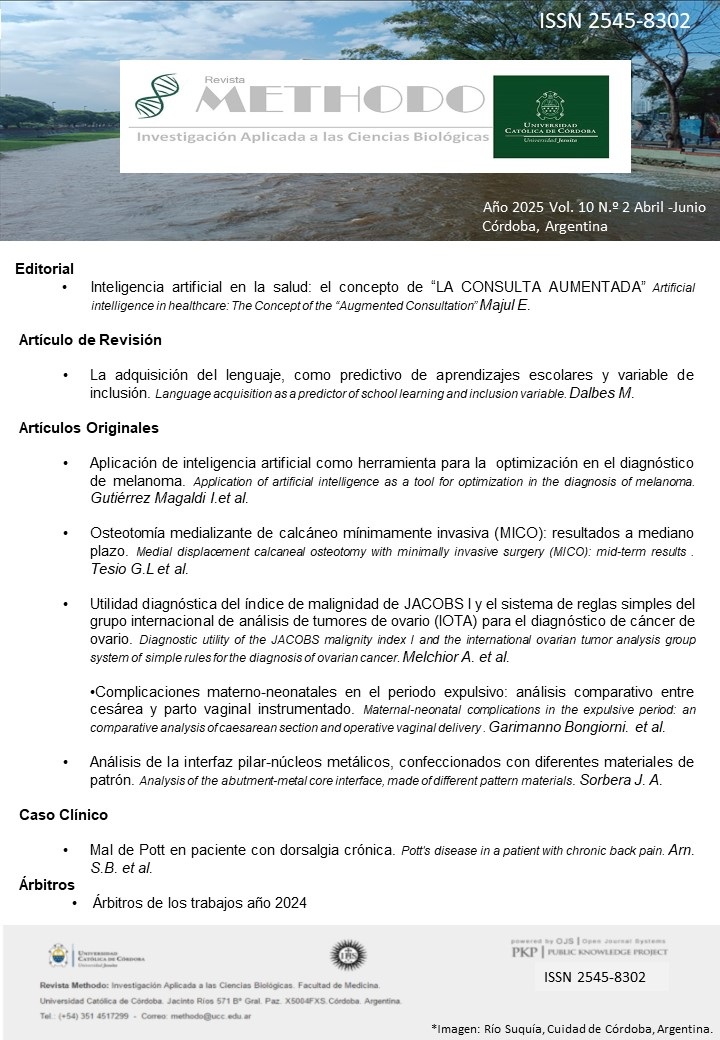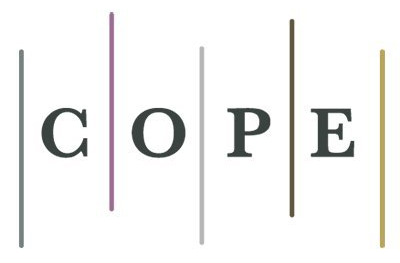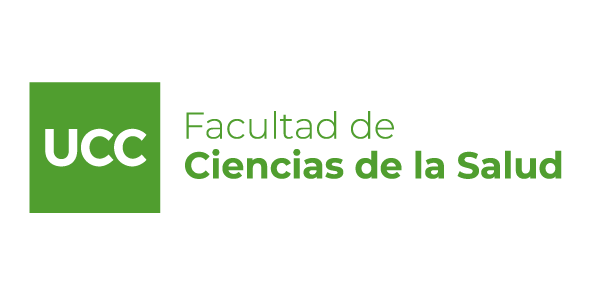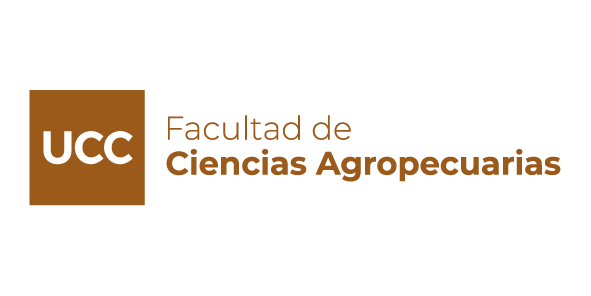Análisis de la interfaz pilar-núcleos metálicos, confeccionados con diferentes materiales de patrón
DOI:
https://doi.org/10.22529/me.2025.10(2)07Palabras clave:
Núcleo, Revestimiento, RetenciónResumen
INTRODUCCIÓN: La realización de núcleos metálicos para restauraciones coronarias habitualmente se ha llevado a cabo, siguiendo protocolos técnicos convencionales. (patrones de cera) El hecho de que ésta, haya sido considerada una manera de proceder confiable, se han hecho pruebas con respecto a la utilización de otros materiales. Corrientemente los Odontólogos por reserva llevamos a cabo en la clínica, la “prueba del metal” esto, con el objetivo de corroborar ciertos detalles clínicos de importancia. (adaptación, relación con el hombro protético, relación antagónica, espacio interproximal, etc.)
OBJETIVO: Comparar la interfaz entre la superficie interna del núcleo metálico, confeccionados mediante
patrones en resina (autopolimerizable) o en cera (modelado) y superficie externa del pilar sobre modelos dentales de material refractario. (Revestimiento)
MATERIAL Y MÉTODO: Para este estudio se utilizaron modelos dentales de revestimiento (troqueles) con patrones realizados mediante el uso de Resina Acrílica autopolimerizable (grupo A1) y de cera de modelado (grupo A2). Se confeccionaron 10 patrones de Resina y 10 de cera. Se aclara que él trabajó siempre se llevó a cabo sobre el mismo pilar (estandarización de muestra) Posteriormente los patrones fueron colados y cementados sobre sus respectivos pilares con un cemento de Ionómero Vítreo a presión controlada, acto seguido se seccionaron longitudinalmente y se midió microscópicamente la interfaz Pilar-núcleo.
RESULTADOS: Los resultados fueron cotejados mediante el T de Student, la obtención del valor “P” fue de 0,0486, es decir muy próximo con respecto al 0,0500 que es el que marca el límite estadísticamente significativo.
CONCLUSIÓN En función de la diferencia encontrada en este estudio, parecería que la comparación del uso de estos materiales no se seria determinante, más allá de que los valores estadísticos encontrados nos muestran diferencias estadísticamente significativas.
Citas
-Sandoval, S. Rehabilitación con prótesis fija. Revista Arbitrada Interdisciplinaria de Cienciasde la Salud. Salud y Vida, 3(6), 690-713. (2019) https://doi.org/10.35381/s.v.v3i6.333
-Rosenstiel, S. F., Land, M. F., & Fujimoto, J. Prótesis fija contemporánea. Elsevier Health Sciences. (2016).
-Shillingburg G. "Fundamentos en prostodoncia fija" Cap. 13. Pág. 255-256. (1990)
- Helvey GA. Retrofi tting crowns to an existing removable partial denture clasp: A simple technique. J Prosthet Dent.; 87(4):399-402. (2002). https://doi.org/10.1067/mpr.2002.122867
-Lee H, Shirakura A. A technique to fabricate a cast metal crown. J Prosthet Dent. 97(3):181-2. (2007). https://doi.org/10.1016/j.prosdent.2006.12.006
- Cogolludo, P. G., Serrano, B., & Lozano, J. F. Influencia de la técnica de colado en el ajuste marginal de restauraciones en prótesis fija. Revista internacional de prótesis estomatológica, 11(1), 17-21. (2009).
-Lee W-S, Lee D-H, Lee K-B. Evaluation of internal fit of interim crown fabricated with CAD/CAM milling and 3D printing system. The journal of advanced prosthodontics.;9(4):265-70. (2017). https://doi.org/10.4047/jap.2017.9.4.265
- Lopez Alvarez J.L "Técnica de laboratorio en prótesis fija" Madrid. Ed Privada. 1° Edición. (1997).
- Stephen Rosenthiel, Martin F. Land, Junhei Fujimoto Prótesis fija. Procedimientos clínicos y de laboratorio. 1° Edición. Cap. 6. Pág. 443-457. (2001)
-Josep Bizar Ramoneda Efecto de las variaciones térmicas durante la fusión de los colados en prótesis fija. Universitat de Barcelona Departament de Ciències Morfològiques i Odontoestomatologia, Juan Ramón Boj Quesada. Pág.128-189. (2009)
-Recow, Ed. Speidel, Tm. Erdman, Ag. "Computer-aided system to automate production of posterior dental restoriations" (abstract). J. Dent. Res. 65. 317-323. (1986)
-Morgano SM, VanBlarcom CW, Ferro KJ, Bartlett DW. The history of The Glossary of
Prosthodontic Terms. Journal of Prosthetic Dentistry.;119(3):311-2. (2018). https://doi.org/10.1016/j.prosdent.2017.10.001
- Lopez Alvarez J.L "Técnica de laboratorio en prótesis fija" Madrid. Ed Privada. 1° Edición. (1997)
- Malone W. Cavazos E. Re G. "Biomecánica de la preparación dentaria" Cap 5 Pág. 113-124. (1984)
-Hocking, RR "Methods and applications of lineal models. regression and the analysis of variance" Wiley 12-90. (1996).
-Wichnalek N. "Coronas y Puentes" Quintessence Técnica (Ed. España) Vol. 2. Num. 3. Pág. 131-143. (2001)
-Calvo E.- Casanovas "Quintessence Técnica" Vol. 2 Num. 5 Pag. 255-261. (2011)
-Tylman S. Koth, D. "Teoría y práctica en prostodoncia fija" Cap 11. Pág. 306-339. (1991)
- Lehner C. R. et al Variable reduced metal support for collarless metal ceramic crown a new model for strength evaluation.: (2007)
-Carranza FA "Periodontologia clínica de Glickman". Cap 3 Pag. 111-121 Ed. Interamericana 7a edición. (1992)
- Guzmán Báez, Humberto J. Biomateriales de uso Clínico. 2da edición. Cap. 2. Pág.49-51,126. (1986)
-Hocking, RR "Methods and applications of lineal models. regression and the analysis of variance" Wiley 12-90. (1996)
-Vega del Barrio J. "Materiales en Odontología" Ediciones Avance (Madrid) Cap 5 Pag.361- 369). (1998).
-Kenneth J. Anusavice, Ralph W. Phillips "Ciencia de los materiales dentales" Cap 11. Pág.284-292. (2002)
- Guzmán Báez, Humberto J. Biomateriales de uso Clínico. 2da edición. Cap. 2. Pág.49-51, 126. (1986)
-Stephen Rosenthiel, Martin F. Land, Junhei Fujimoto Prótesis fija. Procedimientos clínicos y
de laboratorio. 1° Edición. Cap. 6. Pág. 443-457. (2009)
-Gonzalez Cabeza J. Kaiser M. "Quintessence Técnica" Vol 2 Num. 6 pag. 393-402. (2001)
-Osborne J. "Tecnología y Materiales Dentales" Cap. 7. Pág.156-167. (2003)
-Lacy A. Bellman T. "time-dependent accuracy of elastómero impression materials" Part 1 Pág. 209-215. (1997). https://doi.org/10.1016/0022-3913(81)90342-5
- Sorbera J.A. "Elaboración de patrones de resina, para coronas metaloceramicas, realizadas sobre modelos convencionales y no convencionales. Disponible en: https://repositoriosdigitales.mincyt.gob.ar/vufind/Record/PAUCC_33fa0ce5dcc2d6b48787234f56 311719 Sociedad Odontológica de Chile 2015-12-31 Vol. 106. Numero 3 Pag 48-55 (2015)
-Sorbera J.A "Estudio comparativo sobre la adaptación de cofias metálicas para porcelana
dental, realizadas sobre modelos refractarios y no refractarios. Disponible en:
HTTP://revistaodontologica.colegiodentistas.org/index.php/revista/article/view/485/704 Vol. 9 Número 1. Pág. 21-29 (2013).
Publicado
Cómo citar
Número
Sección
Licencia
Derechos de autor 2025 Methodo Investigación Aplicada a las Ciencias Biológicas

Esta obra está bajo una licencia internacional Creative Commons Atribución-NoComercial-CompartirIgual 4.0.




















